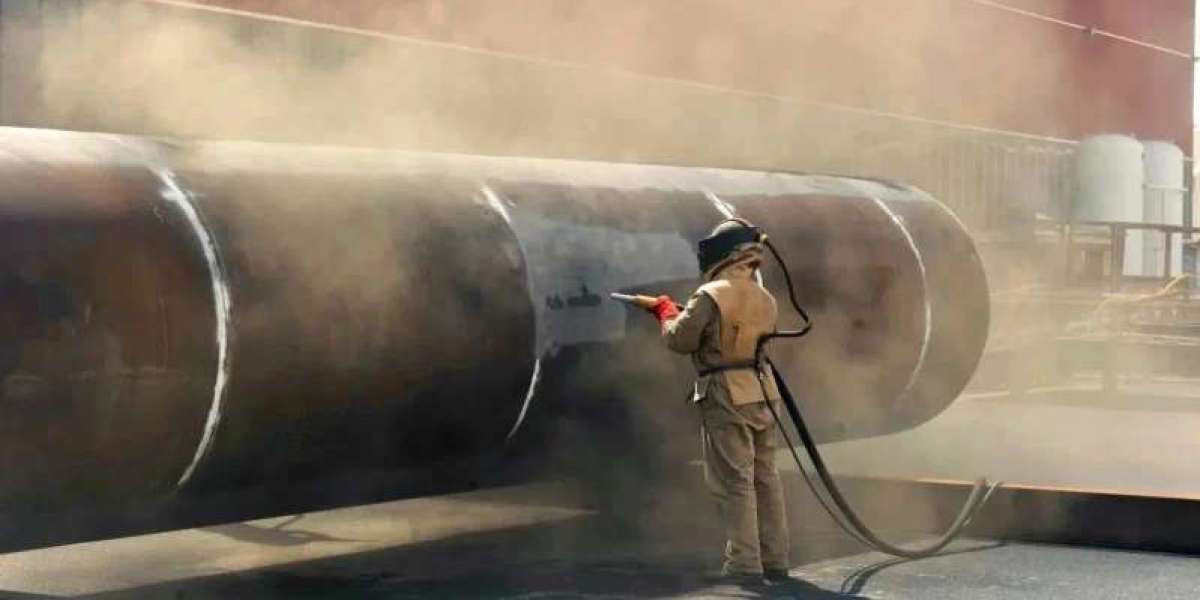The acid proof lining market is witnessing a wave of technological innovation, with nanotechnology and advancements in epoxy and vinyl ester materials at the forefront of this transformation. As industries increasingly demand higher performance, longer service life, and greater resistance to extreme environments, material scientists and manufacturers are responding with cutting-edge solutions that enhance chemical resistance, mechanical strength, and application efficiency. These innovations are redefining the standards for corrosion protection, offering powerful benefits across sectors such as chemicals, mining, water treatment, power generation, and food processing.
Nanotechnology: Revolutionizing Surface Protection
Nanotechnology is emerging as a game-changer in the acid proof lining market by enabling the development of coatings at the molecular level. Nanoparticles—such as nano-silica, nano-alumina, and carbon nanotubes—are now being incorporated into acid resistant linings to drastically improve their barrier properties. These particles fill micro-pores and imperfections in the coating surface, making the lining less permeable to corrosive agents and more resistant to chemical penetration.
The key advantages of nanotechnology-enhanced linings include:
Improved chemical and thermal resistance, particularly in high-acid environments.
Increased adhesion to substrates, reducing the risk of delamination or failure under pressure.
Enhanced abrasion resistance and hardness, which prolong the lifespan of surfaces exposed to mechanical wear.
Additionally, some advanced nanocoatings exhibit self-cleaning or antimicrobial properties, making them ideal for applications in cleanrooms, food facilities, and pharmaceutical plants.
Epoxy Systems: Evolving for Greater Versatility
Epoxy-based acid proof linings have long been favored for their excellent adhesion, chemical resistance, and mechanical durability. However, traditional epoxy systems had limitations, particularly in terms of flexibility and heat tolerance. Recent innovations have focused on modifying the epoxy resin structure to expand its applicability in more aggressive environments.
Modern epoxy systems now offer:
Enhanced flexibility, allowing them to accommodate thermal cycling and substrate movement without cracking.
Improved resistance to strong acids, including sulfuric and hydrochloric acid, through the use of advanced curing agents and nano-enhancements.
Fast-curing, low-VOC formulations, which meet stricter environmental regulations while speeding up installation times.
These features make next-generation epoxy linings highly suitable for use in wastewater treatment plants, secondary containment systems, and storage tanks—where both chemical protection and environmental safety are priorities.
Vinyl Ester Linings: High-Performance Under Extreme Conditions
Vinyl ester resins represent another key material category driving innovation in the acid proof lining market. Known for their exceptional resistance to a wide range of acids, solvents, and oxidizers, vinyl ester linings are being enhanced with new formulations that offer superior thermal stability and toughness.
Recent advancements include:
Bisphenol-A and novolac-based vinyl esters, which offer higher resistance to elevated temperatures and more aggressive chemical environments.
Reinforced systems, combining vinyl esters with glass flake or fiber reinforcement for increased mechanical strength and reduced permeability.
Hybrid coatings, which merge vinyl ester with other resin systems (like polyurethane or epoxy) to create multi-functional protective barriers.
These innovations are making vinyl ester linings the material of choice for heavy-duty applications such as flue gas desulfurization (FGD) units, metal pickling lines, and chemical reactors.
Integration of Smart Technology
Beyond material improvements, the acid proof lining market is also embracing digital innovation. Coatings enhanced with smart technologies—such as embedded sensors or responsive polymers—can monitor conditions like pH, temperature, or structural integrity in real time. This integration of intelligent monitoring with advanced materials creates a powerful tool for predictive maintenance and proactive asset management.
Sustainability and Compliance
Modern epoxy and vinyl ester linings are also being formulated with environmental regulations in mind. The use of solvent-free resins, bio-based feedstocks, and recyclable reinforcement materials is increasing, helping industries reduce their carbon footprint and align with global sustainability initiatives.
Conclusion
Innovation in the acid proof lining market is accelerating, driven by the convergence of nanotechnology, smart materials, and advancements in epoxy and vinyl ester resins. These breakthroughs are delivering linings that are more durable, efficient, and environmentally responsible than ever before. As industries face greater challenges in corrosion control, regulatory compliance, and operational longevity, these high-tech lining solutions are becoming essential components of modern infrastructure protection strategies. With ongoing research and market demand fueling progress, the next generation of acid proof linings is poised to set new benchmarks for performance and sustainability across the industrial landscape.








